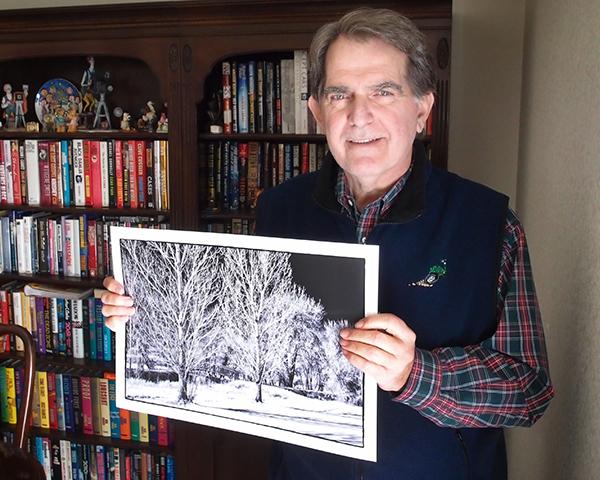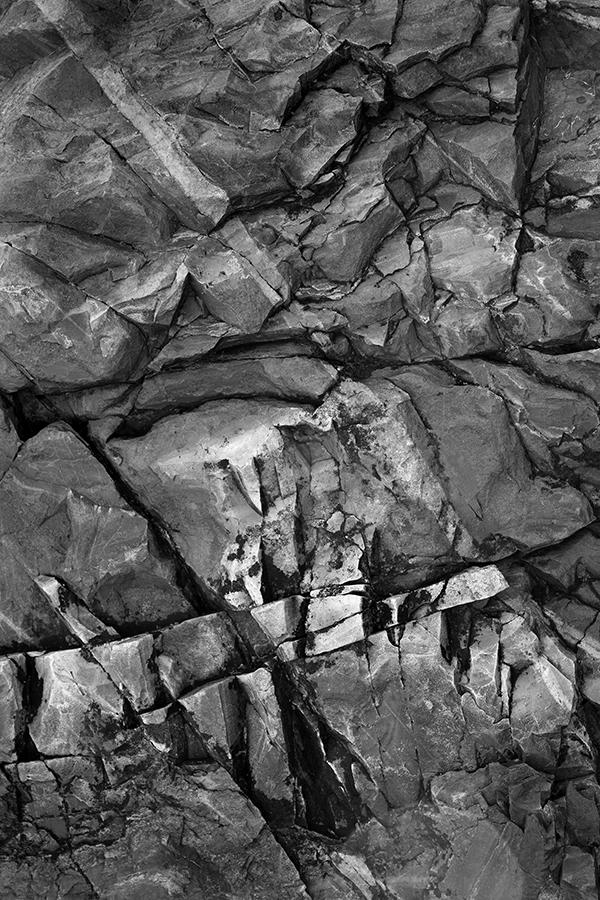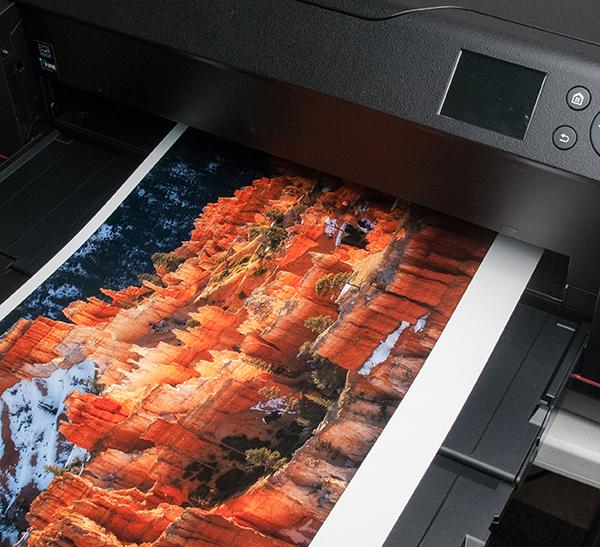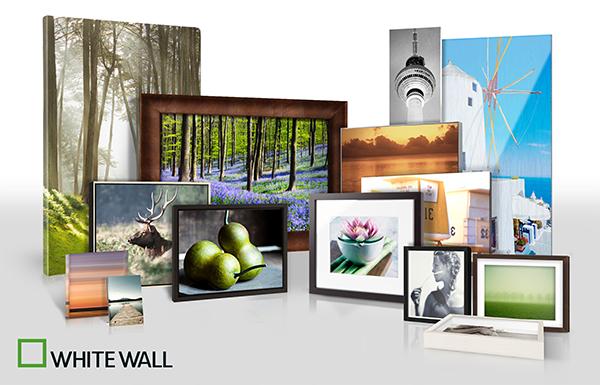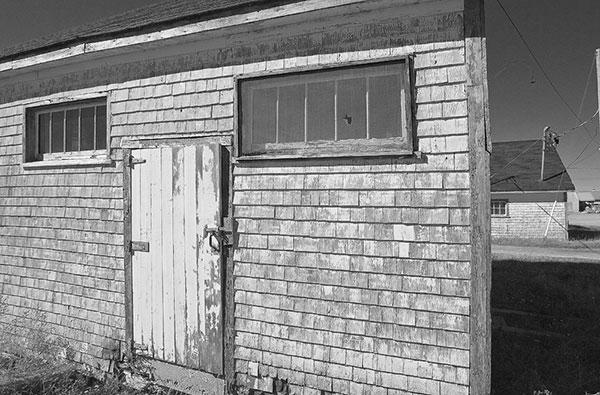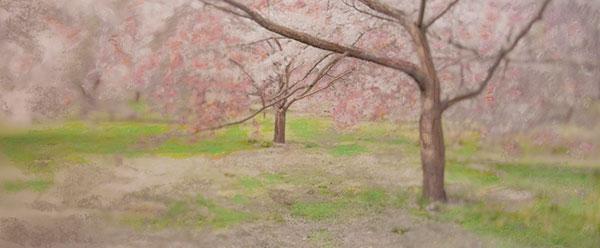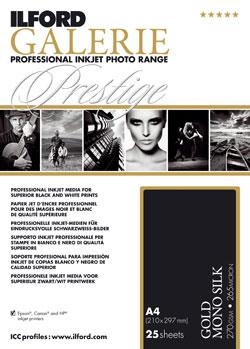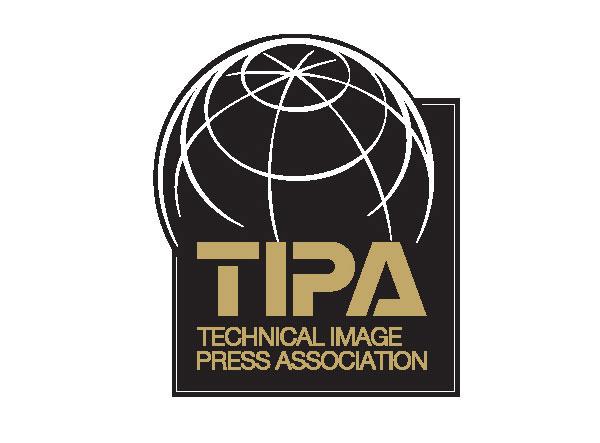|
Aug 29, 2017 |
Compact Camera NewsCompact Camera ReviewsDrone NewsDrone ReviewsDSLR NewsDSLR ReviewsLens NewsLens ReviewsLighting NewsLighting ReviewsMedium Format Camera NewsMedium Format Camera ReviewsMirrorless Camera NewsMirrorless Camera ReviewsNewsPhoto Accessory NewsPhoto Accessory ReviewsPhoto Paper NewsPhoto Paper ReviewsPrinter NewsPrinter ReviewsSoftware NewsSoftware ReviewsVideo Camera NewsVideo Camera Reviews
|
Mar 15, 2016 |
|
Dec 15, 2015 |
|
Nov 12, 2015 |
|
Jul 31, 2015 |
|
Jun 02, 2015 |
|
Jul 11, 2014 |
First Published: Jun 01, 2014 |
|
May 20, 2014 |
First Published: Apr 01, 2014 |
|
Mar 21, 2014 |
First Published: Feb 01, 2014 |
|
Oct 01, 2013 |
First Published: Sep 01, 2013 |
Compact Camera NewsCompact Camera ReviewsDSLR NewsDSLR ReviewsLens NewsLens ReviewsLighting NewsLighting ReviewsPhoto Accessory NewsPhoto Accessory ReviewsPhoto Bag NewsPhoto Bag ReviewsPhoto Paper NewsPhoto Paper ReviewsPOV Camera NewsPOV Camera ReviewsPrinter NewsPrinter ReviewsSmartphone NewsSmartphone ReviewsSoftware NewsSoftware ReviewsTripod NewsTripod ReviewsVideo Camera NewsVideo Camera Reviews
